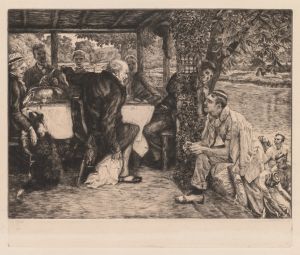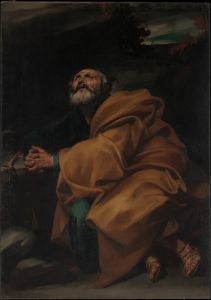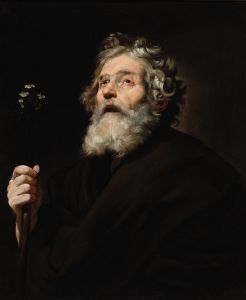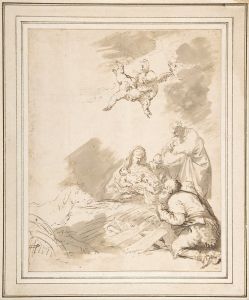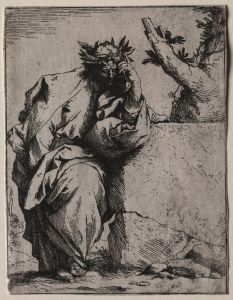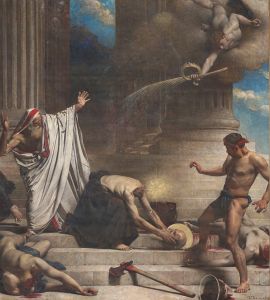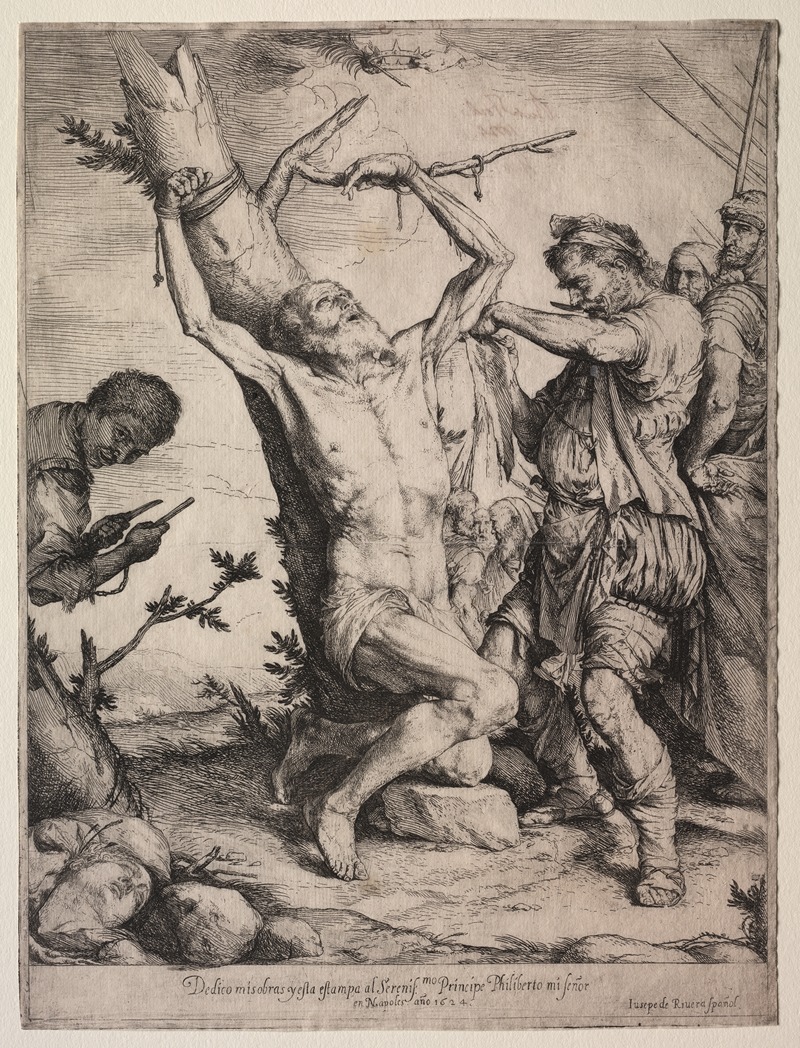
The Martyrdom of St. Bartholomew
A hand-painted replica of Jusepe de Ribera’s masterpiece The Martyrdom of St. Bartholomew, meticulously crafted by professional artists to capture the true essence of the original. Each piece is created with museum-quality canvas and rare mineral pigments, carefully painted by experienced artists with delicate brushstrokes and rich, layered colors to perfectly recreate the texture of the original artwork. Unlike machine-printed reproductions, this hand-painted version brings the painting to life, infused with the artist’s emotions and skill in every stroke. Whether for personal collection or home decoration, it instantly elevates the artistic atmosphere of any space.
"The Martyrdom of St. Bartholomew" is a significant work by the Spanish painter Jusepe de Ribera, created in 1644. Ribera, known for his dramatic and realistic depictions, was a prominent figure of the Spanish Baroque period. He spent much of his career in Naples, which was then part of the Spanish Empire, and his work is often associated with the Tenebrist style, characterized by stark contrasts between light and dark.
This painting illustrates the martyrdom of St. Bartholomew, one of the twelve apostles of Jesus Christ. According to Christian tradition, St. Bartholomew was martyred for his faith by being flayed alive. Ribera's depiction captures the intense emotional and physical suffering of the saint, a common theme in Baroque art that aimed to evoke an emotional response from the viewer.
In "The Martyrdom of St. Bartholomew," Ribera employs his mastery of chiaroscuro to highlight the central figure of the saint amidst a dark and somber background. The use of light focuses the viewer's attention on St. Bartholomew's expression and the gruesome nature of his martyrdom. Ribera's attention to anatomical detail and the realistic portrayal of human suffering are evident in the saint's contorted body and anguished face.
The composition of the painting is carefully structured to guide the viewer's eye across the scene. St. Bartholomew is positioned prominently in the foreground, his body twisted in a dynamic pose that conveys both his physical agony and spiritual resilience. The figures surrounding him, likely his executioners, are depicted with a mix of indifference and determination, emphasizing the saint's isolation in his moment of suffering.
Ribera's work is notable for its psychological depth and the way it captures the human condition. In "The Martyrdom of St. Bartholomew," he not only presents a vivid depiction of physical torment but also explores themes of faith, sacrifice, and redemption. The painting invites viewers to reflect on the nature of martyrdom and the strength of belief in the face of persecution.
This painting is housed in the Museu Nacional d'Art de Catalunya in Barcelona, Spain. It remains an important example of Ribera's skill in conveying complex emotional narratives through his art. His ability to blend realism with dramatic intensity has made "The Martyrdom of St. Bartholomew" a lasting testament to the power of Baroque painting.
Ribera's influence extended beyond his lifetime, impacting both his contemporaries and later artists. His works, including "The Martyrdom of St. Bartholomew," continue to be studied for their technical brilliance and emotional depth. This painting, in particular, stands as a powerful representation of the Baroque era's fascination with the interplay of light and shadow, as well as its exploration of human suffering and divine grace.





